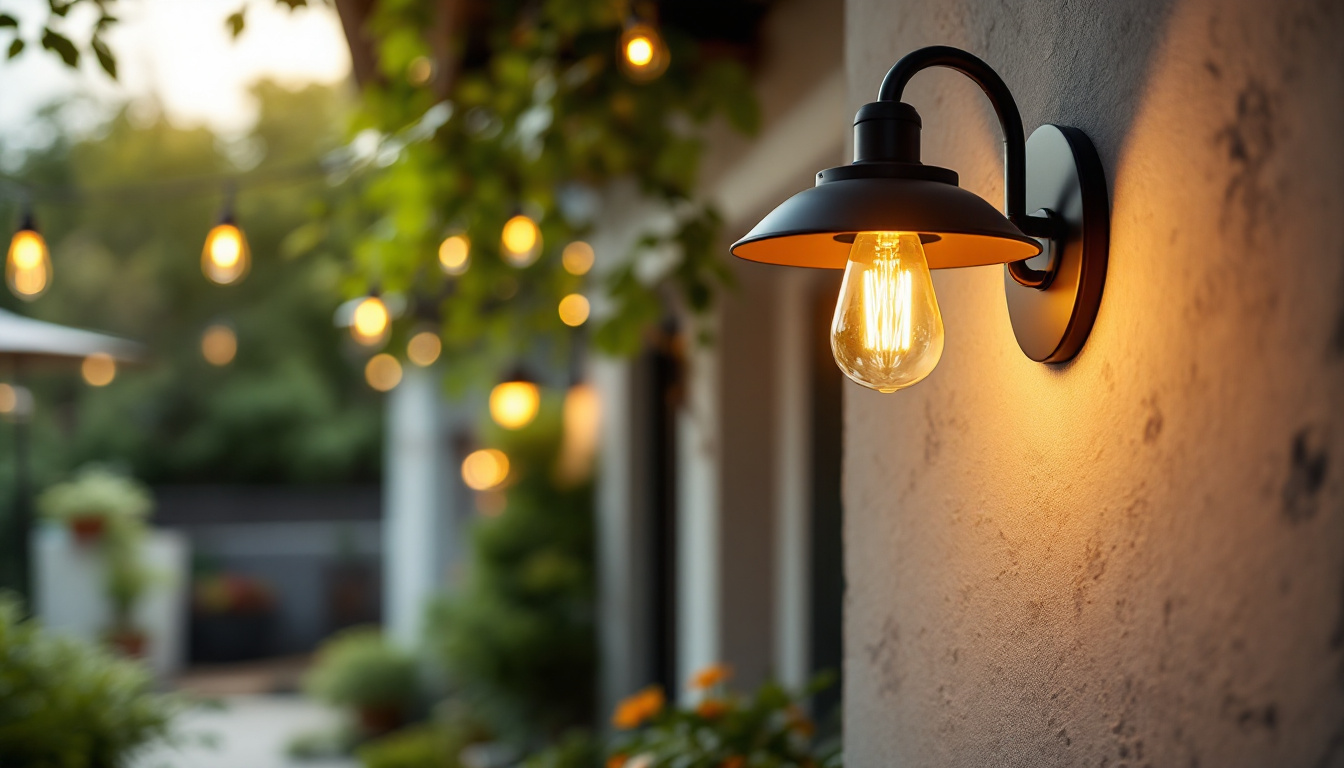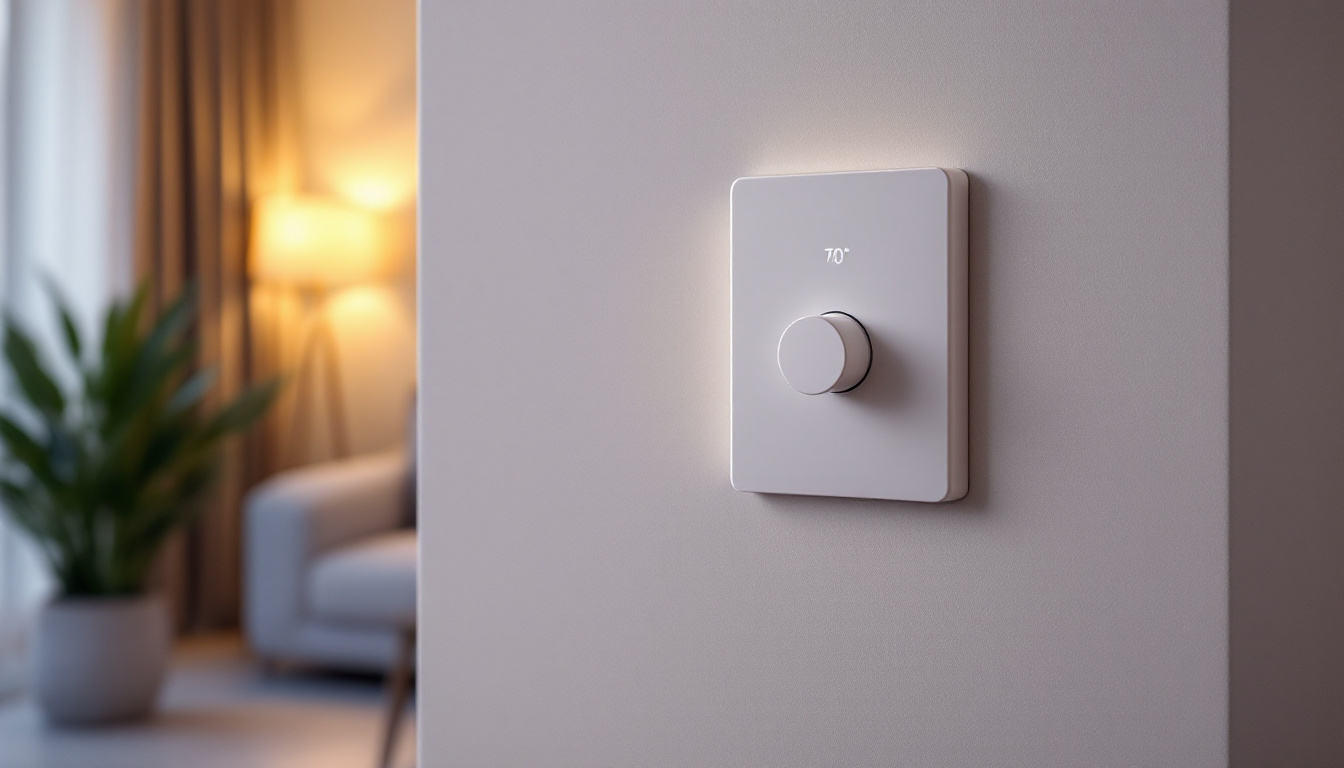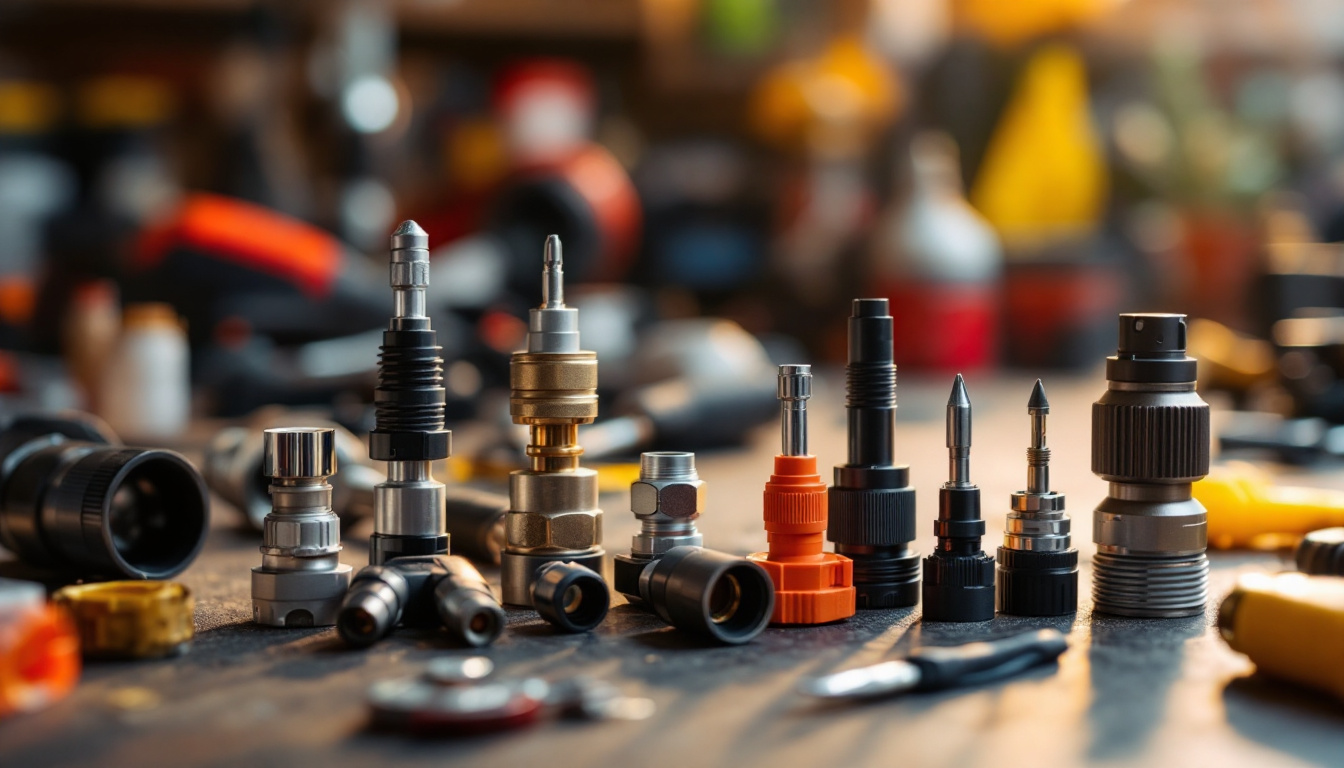
Lighting plays a crucial role in enhancing the aesthetics and functionality of both residential and commercial spaces. Among the various lighting options available, gooseneck lights stand out for their versatility and distinctive design. This article serves as a comprehensive guide for lighting contractors looking to choose the right gooseneck lights for their projects.
Gooseneck lights are characterized by their flexible, curved arms that allow for adjustable positioning. This unique design not only provides practical lighting solutions but also adds a touch of style to any setting. Commonly used in outdoor applications, such as signage illumination and landscape lighting, gooseneck lights can also be effectively utilized indoors. Their versatility makes them a popular choice among designers and homeowners alike, as they can seamlessly blend functionality with aesthetic appeal.
The design of gooseneck lights can vary significantly, offering a range of styles from vintage to modern. This diversity allows contractors to select fixtures that complement the architectural features of a building or the decor of a space. When choosing a gooseneck light, it is essential to consider the overall theme of the project, ensuring that the selected fixtures enhance the visual appeal rather than detract from it. For instance, a rustic gooseneck light with an antique finish can beautifully accentuate a farmhouse-style home, while a sleek, minimalist design may be more appropriate for contemporary settings. Additionally, the finish options—such as matte black, brushed nickel, or vibrant colors—further allow for customization to suit individual tastes and preferences.
There are several types of gooseneck lights available on the market, each designed for specific applications. Some popular options include:
In addition to these common types, there are also specialized gooseneck lights designed for specific uses, such as those intended for art galleries or retail spaces. These fixtures often come with features like dimmable options and color temperature adjustments, allowing for precise control over the lighting environment. Furthermore, energy-efficient LED gooseneck lights have gained popularity, offering longer lifespans and lower energy consumption, making them an eco-friendly choice for both residential and commercial applications. As technology advances, the integration of smart lighting solutions into gooseneck designs is becoming increasingly common, enabling users to control their lighting through mobile apps or voice-activated systems, enhancing convenience and adaptability in various settings.
Selecting the right gooseneck lights involves several considerations that can impact both functionality and aesthetics. Understanding these factors can help contractors make informed decisions that meet their clients’ needs.
The type of light source used in gooseneck fixtures can significantly affect the quality and intensity of illumination. Options include LED, incandescent, and fluorescent bulbs, each with its own advantages and disadvantages. LED lights, for example, are energy-efficient and have a longer lifespan, making them a popular choice for both residential and commercial applications.
When evaluating light output, it’s essential to consider the lumens produced by the fixture. Higher lumens indicate brighter light, which may be necessary for outdoor applications or areas requiring focused task lighting. Additionally, the color temperature of the light can influence the ambiance of the space. Warmer tones (around 2700K) create a cozy atmosphere, while cooler tones (5000K and above) are ideal for workspaces that require alertness and concentration.
The materials used in gooseneck lights can influence their durability and suitability for various environments. Common materials include aluminum, steel, and brass. Aluminum fixtures are lightweight and resistant to rust, making them ideal for outdoor use. Steel fixtures, on the other hand, offer strength and durability but may require additional finishes to prevent corrosion. Brass, while more expensive, provides a classic aesthetic and develops a unique patina over time, adding character to the fixture.
Contractors should also assess the weather resistance of the fixtures, particularly for outdoor installations. Look for lights with an appropriate IP rating, which indicates their ability to withstand moisture and dust. Furthermore, consider the finish of the fixture; powder-coated finishes can enhance durability and provide additional protection against the elements, ensuring that the lights maintain their appearance and functionality over time.
The size of the gooseneck light should be proportional to the space it will illuminate. Larger fixtures can create a bold statement, while smaller lights may be better suited for more intimate settings. When selecting the size, consider the height at which the light will be mounted and the area it will cover to ensure adequate illumination without overwhelming the space. It’s also important to think about the scale of the surrounding architecture; a well-chosen gooseneck light can complement the design elements of a building, enhancing its overall visual appeal.
Additionally, the reach of the gooseneck arm is a critical factor. A longer arm can provide more flexibility in directing light where it is needed most, making it suitable for various applications, from illuminating signage to enhancing outdoor dining areas. Balancing the arm length with the fixture’s overall size will ensure that the light serves its purpose effectively while maintaining an aesthetically pleasing look.
Proper installation is crucial to the performance and longevity of gooseneck lights. Lighting contractors must pay attention to various installation aspects to ensure optimal results.
The mounting height of gooseneck lights can affect both the quality of light and the overall aesthetic. Generally, outdoor lights should be mounted at a height that allows for adequate illumination without creating glare. For signage, the light should be positioned to highlight the sign effectively while minimizing shadows.
In indoor settings, positioning should consider the tasks being performed in the area. For example, in a kitchen, lights should be installed above work surfaces to provide focused illumination.
Electrical requirements for gooseneck lights can vary based on the type of light source and the installation location. Contractors must ensure that the wiring is suitable for the fixture’s power needs and complies with local electrical codes. It is also essential to consider whether the installation will require additional components, such as transformers for low-voltage lights.
Gooseneck lights, particularly those installed in hard-to-reach areas, should be chosen with maintenance in mind. Contractors should consider how easily bulbs can be replaced and whether the fixture allows for straightforward access to electrical components. This foresight can save time and effort in the long run, ensuring that lights remain functional and aesthetically pleasing.
In today’s environmentally conscious market, energy efficiency is a significant consideration for lighting contractors. Gooseneck lights can be selected with sustainability in mind, contributing to reduced energy consumption and lower utility bills.
LED gooseneck lights are an excellent choice for contractors looking to promote energy efficiency. These fixtures consume significantly less energy than traditional incandescent or fluorescent lights while providing comparable or superior light output. Additionally, LED lights have a longer lifespan, reducing the frequency of replacements and the associated waste.
Integrating smart technology into gooseneck lighting can further enhance energy efficiency. Smart bulbs and fixtures allow for remote control, dimming capabilities, and programmable schedules, enabling users to optimize their lighting based on their needs. This technology not only improves convenience but also contributes to energy savings over time.
The lighting industry is continually evolving, with new trends emerging that can influence the selection of gooseneck lights. Staying informed about these trends can help contractors provide innovative solutions to their clients.
Vintage and industrial-style gooseneck lights have gained popularity in recent years, appealing to clients seeking a rustic or retro aesthetic. These fixtures often feature materials like aged brass or distressed finishes, adding character to both residential and commercial spaces.
Incorporating these styles can enhance the overall design of a project, making it more visually appealing and unique. Contractors should consider how these trends can be integrated into their lighting solutions to meet client preferences.
Many manufacturers now offer customizable gooseneck lights, allowing contractors to select specific colors, finishes, and sizes to suit individual project requirements. This flexibility enables contractors to create tailored lighting solutions that align with their clients’ visions.
Choosing the right gooseneck lights is a multifaceted process that requires careful consideration of design, functionality, and installation. By understanding the various types of gooseneck lights available, evaluating key factors such as light output and durability, and staying informed about industry trends, lighting contractors can make informed decisions that enhance their projects.
Ultimately, the right gooseneck lights can elevate the aesthetics and functionality of any space, providing both practical illumination and visual appeal. As lighting continues to evolve, contractors who embrace innovation and prioritize quality will be well-positioned to meet the diverse needs of their clients.
Ready to elevate your lighting projects with the perfect gooseneck lights? At LumenWholesale, we provide lighting contractors with an exceptional range of high-quality, specification-grade lighting options at prices that can’t be beaten. Our commitment to cutting out the middleman means you enjoy superior products at wholesale rates, ensuring your project shines without straining your budget. With our hassle-free bulk buying and free shipping, you can trust that you’re getting premium lighting at the best value — every time. Don’t compromise on quality or cost. Visit LumenWholesale today and discover the ideal blend of quality, affordability, and convenience for all your lighting needs.

Discover how light timer switches are revolutionizing modern lighting solutions by enhancing energy efficiency, convenience, and security.

Discover the latest trends in landscape lighting wire connectors that every lighting contractor should be aware of.

Discover the comprehensive guide to Gama Sonic solar lights tailored for lighting contractors.

Discover how offering exterior motion lights can enhance your lighting contracting business.